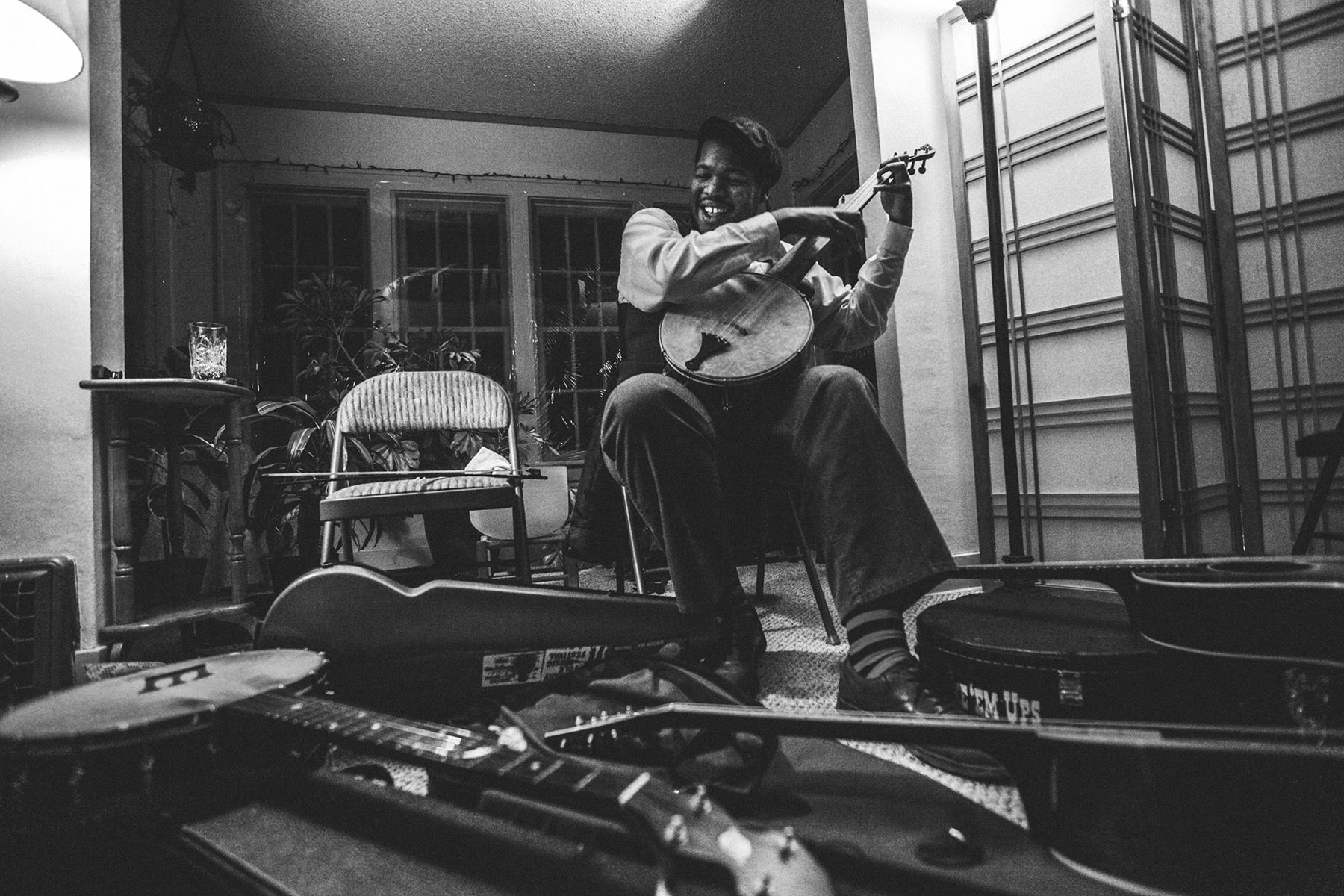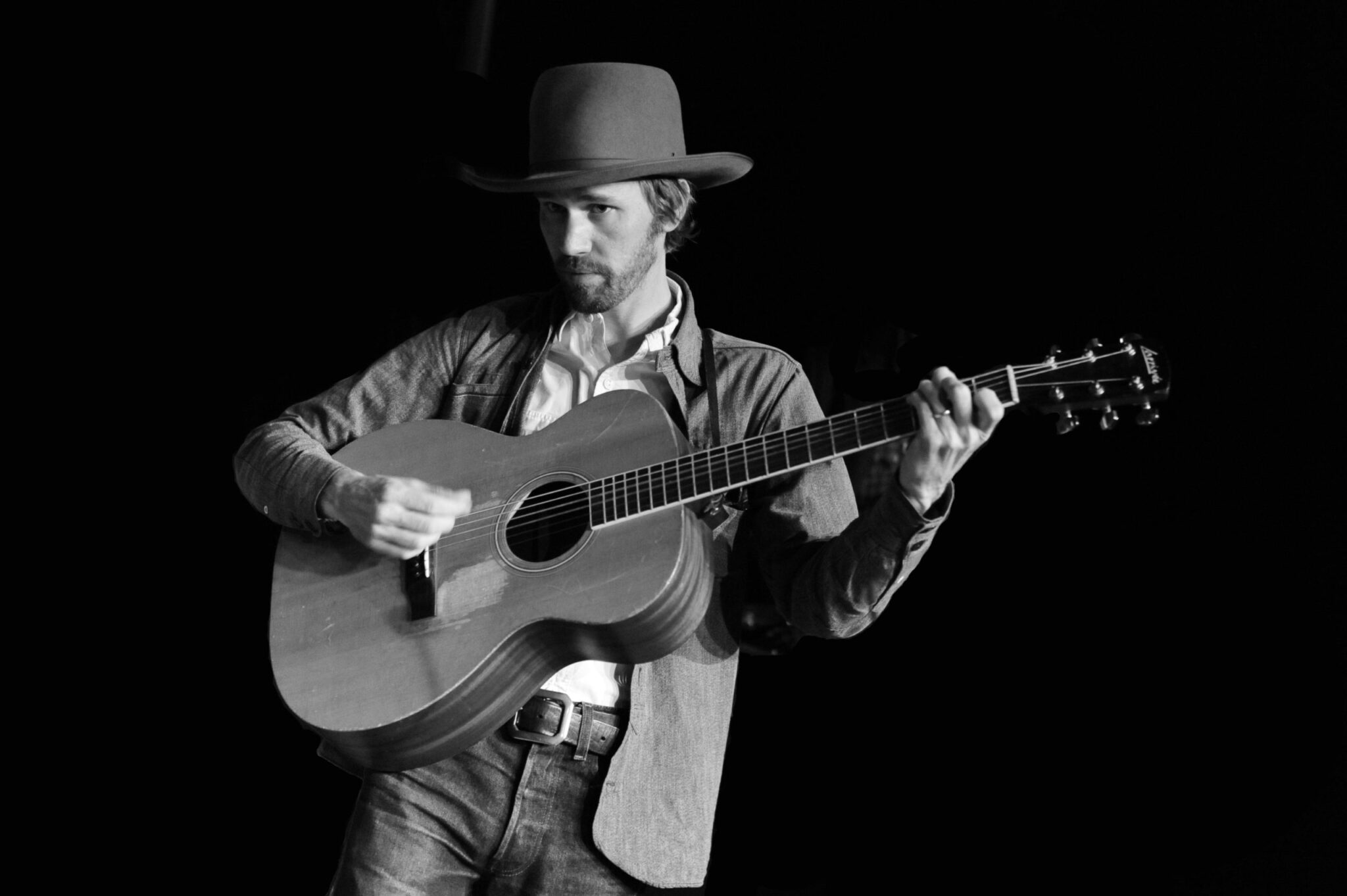PREVIEW: BROOKLYN FOLK FEST

You’re probably wondering why I’m so happy today. I’ll tell you. It’s because Brooklyn Folk Fest is this weekend at The Bell House and I CANNOT WAIT. I am so excited and I just can’t hide it.
Six years ago, Eli Smith of the Down Home Radio Show partnered with The Jalopy Theatre, a Brooklyn-based venue and music school, to create the Brooklyn Folk Festival. With its rigorous schedule of live performances and music classes, the Jalopy has long been a beacon of folk music within New York City, particularly folk music played live, and the festival quickly became a way to expand and showcase the scene in New York. This weekend, the annual three-day event returns for its sixth year with an exciting lineup of string music and Americana as well as traditional music from other parts of the world–Balken traditional singer Eva Salina, for instance, is a returning performer who will join the festival again in 2014.
This year, the Brooklyn Folk Festival has also boldly scheduled itself to coincide not only with Easter but also with Record Store Day. That makes this weekend the BEST WEEKEND EVER–after you’ve picked up your rare, new, or limited edition vinyl, come down to The Bell House and settle in for one of the most spectacular offerings of the city’s live folk music scene. Attend a mandolin workshop! See a screening of John Cohen’s films! And hey–you might even win a free banjo.
I’ll be hanging out there all this weekend, trying not to suck at square dancing. The full schedule is listed down at the bottom of this page, but before I get there, here’s a list of the things I’m most excited to check out this year. They range from performances I’m anticipating in particular to promising reading and talks to festival traditions, because Brooklyn Folk Fest is more than a three-day hootenanny–it’s a celebration of where folk music is today, in New York City as well as out of it, in all its incarnations.
Okay, here goes:
1. The Pete Seeger Tribute Singalong at 6:30 PM on Sunday, April 20th.
Pete Seeger was not only among the most beloved musicians and song collectors of the folk revival, he was also an environmental activist who made a special impact on New York state by helping clean up the Hudson River and founding the Hudson River Sloop Clearwater organization. It’s difficult to imagine the folk scene in New York without Seeger, who died this January. I can’t imagine a better way to pay tribute to him, though–every time I saw Seeger play, the best parts of the show, and the parts of the show that he seemed to enjoy playing the most, were singalongs. Seeger may be gone, but the momentum he created for community folk singing is alive and well.
There’s Pete Seeger leading a sold-out arena in “Amazing Grace” on his 90th birthday. Yeah, just try to stay dry-eyed.
2. Tahuantinsuyo
This pioneering Andean folk music group emphasizes preservation of their roots, using regional instruments and costumes in their performances. Tahuantinsuyo performs on guitars, flutes and panpipes, deliberately keeping the sound and rhythms authentic to their origins. While it’s a rare treat to have the chance to hear music from the Andes performed in New York at all, I’m especially excited to see these guys in the context of this festival–with so many traditions and cultures operating side by side, I’m keeping my fingers crossed for a spontaneous jam session or two. Check them out here.
3. The Downhill Strugglers with John Cohen
The ass-kicking, rip-roaring Downhill Strugglers come straight out of the old-time string band tradition, but they’re very much in the business of bringing old music into the present day. They’re based out of Brooklyn and contributed to the ‘Inside Llewyn Davis’ soundtrack, and their live shows are way too much fun for anyone watching to call them preservationists. On Saturday they’re playing with John Cohen, founding New Lost City Rambler and folk music collector.
4. The Banjo Toss
What is the Banjo Toss? This is the Banjo Toss. It’s a time-honored Brooklyn Folk Fest tradition, and it’s an excellent opportunity to throw a musical instrument into the Gowanus Canal while a riled up crowd of folk fans cheers you on. If you throw the banjo farther than anyone else, this happens:
5. Jerron “Blind Boy” Paxton
Known for his intimate performance style (so intimate, apparently, that he won’t mind if you call him Blind Boy), Jerron Paxton is a versatile blues songster who flips easily between the guitar and the banjo and plays a slew of different styles: hokum, old-time, and cajun tunes, to name a few. Though Paxton’s only in his mid-twenties, he speaks and acts like an old-timer, with a baldly honest approach to the music he plays. “Old music is the least sucky thing of any type of music you can run across,” he told festival organizer and radio host Eli Smith on Down Home Radio in 2010. Paxton’s playing doesn’t suck, either, and neither does his broad-smiling energy on stage.
Those are the acts and activities that I’m anticipating most about this weekend’s festival, but they are MERELY THE TIP OF THE ICEBERG. Check out the full schedule here. All this weekends’ events will take place at The Bell House in Brooklyn, between Friday, April 18th and Sunday, April 20th, and you can still pick up tickets here (a three-day pass is $75, and a one-day pass is a steal at $20). And while you’re dusting off your overalls and warming up your banjo-chucking arm, tell me what you’re most excited for at Brooklyn Folk Fest! The party kicks off this Friday, April 18th, with Brotherhood of the Jug Band Blues at 8 PM.



